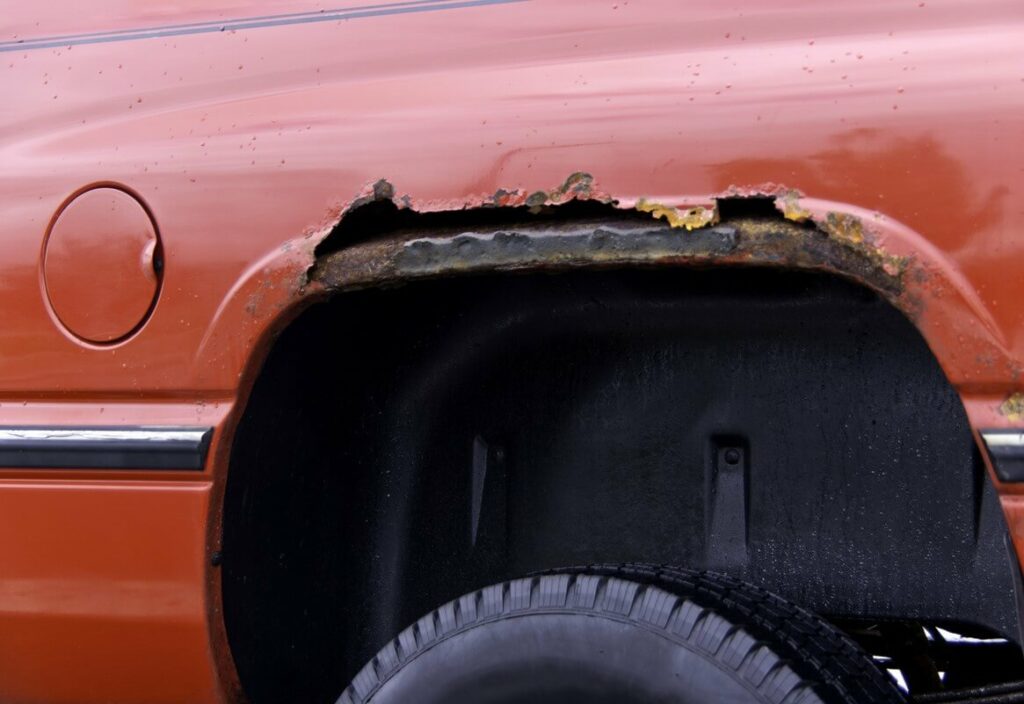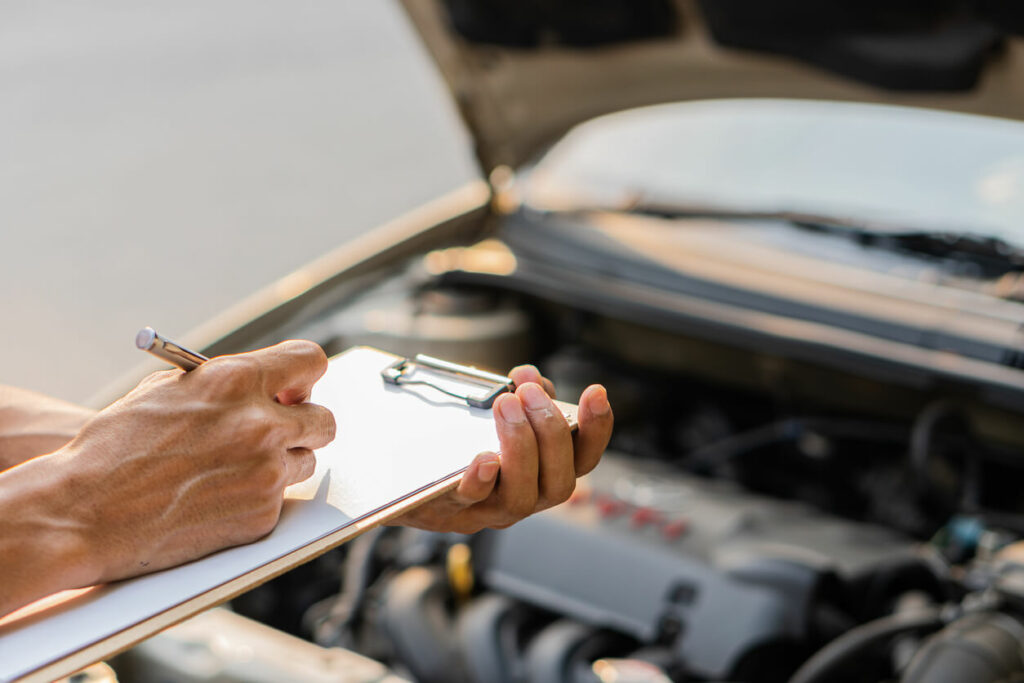It’s a common misunderstanding that all car maintenance methods are evergreen—that is to say, a lot of people think the requirements for are all the same, regardless of environment, climate, or other extenuating circumstances.
However, any car repair professional would tell you that is absolutely incorrect. The conditions surrounding your car maintenance efforts will inform the type of care you need to provide. In this article specifically, we at Kennedy Transmission want to highlight how humid weather affects your car maintenance checklist, and how you should adapt your maintenance care to accommodate that weather condition for the good of your car’s health.
Kennedy’s Humid Weather Car Maintenance Checklist
Since humidity is fundamentally just the amount of water dispersed through the air, the greatest damage it can cause your car is the same as any other water-related issues—namely, moisture buildup and rust. Preventing these things is why weather protection for cars is a subject we feel must be explored.
Too much moisture inside your vehicle can contaminate your upholstery and, over time, create the risk of mold cultivation, rendering the interior of your car dangerous to inhale. Rust is a more common vehicle problem, since it appears on the outside, tarnishing and decaying the frame of the car itself, and ruining either the aesthetic or structural integrity of the vehicle, if not both.
Because of this, you owe it to your car (and your future wallet) to take some preventative measures reducing the impact of high humidity levels on the lifespan of the vehicle.

Grappling with Condensation Inside Your Car
Smart ventilation practices are essential to combating the effects of humidity within your vehicle.
When your windows are blurry with condensation buildup, activate your defogger or defroster to circulate the air and remove moisture from your windows. As for a quick tip: if your car has a recirculation mode, use it sparingly. Fresh air mode will bring in outside air and balance the quality of your air.
Alternatively, you can of course always crack the windows or sunroof for an even more natural flow of fresh air.
It’s worth noting that sometimes the moisture build-up is coming from inside your vehicle. In which case, you should check for and address the following:
- Wipe down wet surfaces with microfiber cloth or absorbent towels.
- Use a wet/dry vacuum cleaner to eliminate any residual or excessive moisture in your carpets, chairs, and mats. Of course, if you knowingly have wet items in your car (i.e. pool towels, swimsuits, etc.) remove them as soon as possible and don’t let them saturate. Especially if left to sit for a long time, these could result in mold buildup, which is the worst possible outcome.
- Employ moisture-absorbing items like silica gel packs, which will reduce moisture build-up in your car while you’re away.
You may need to custom-cater your maintenance care based on your exact humid weather climate or vehicle type, but we hope we’ve at least given you a strong starting point to build upon.

Prevent and Protect Against Rust Buildup
Clean, clean, clean! Like with preventing condensation inside the car, your greatest weapon against rust is a well-maintained vehicle. Regularly wash your vehicle, especially during the winter season and areas with high concentrations of salt on the roads, as that can accelerate the deterioration process.
Leave no wheel well unchecked. The most common areas for rust buildup, even for attentive owners, are the places they simply didn’t think to check for cleaning. Next time you run maintenance on your car pay attention to the undercarriage, wheel wells, the inner joints of your car doors where they hinge and seal closed, and the creases like you’d find around your license plate or where your trunk closes shut.
If you aren’t sure of the best method of maintenance care for cleaning, a safe bet is a gentle automotive soap and soft sponge or microfiber cloth.
After cleaning, seal the deal with a protective sealant or automotive wax to prevent the paint from chipping. If you’ve already noticed chips or other exposed parts of the metal surface, follow your vehicle’s instructions for how to do a touch-up and begin reapplying paint as soon as possible.
Turn to Kennedy for Humid Weather Solutions
If your vehicle has seen better days, or you want to make a preemptive maneuver to save it from damage that you think may be coming in the near future if you don’t take action right now, then Kennedy Transmission encourages you to follow that protective instinct. Whether we’re helping you repair existing harm or preventing it from ever happening, we appreciate your effort and are glad to help you out.
Reach out to a Kennedy professional for more information about how we can help you with whatever vehicle concerns you may have, from waxing to rustproofing your undercarriage against humid weather. We’re in the business of keeping cars looking sharp and alive, and we’d love to support you toward that end!


